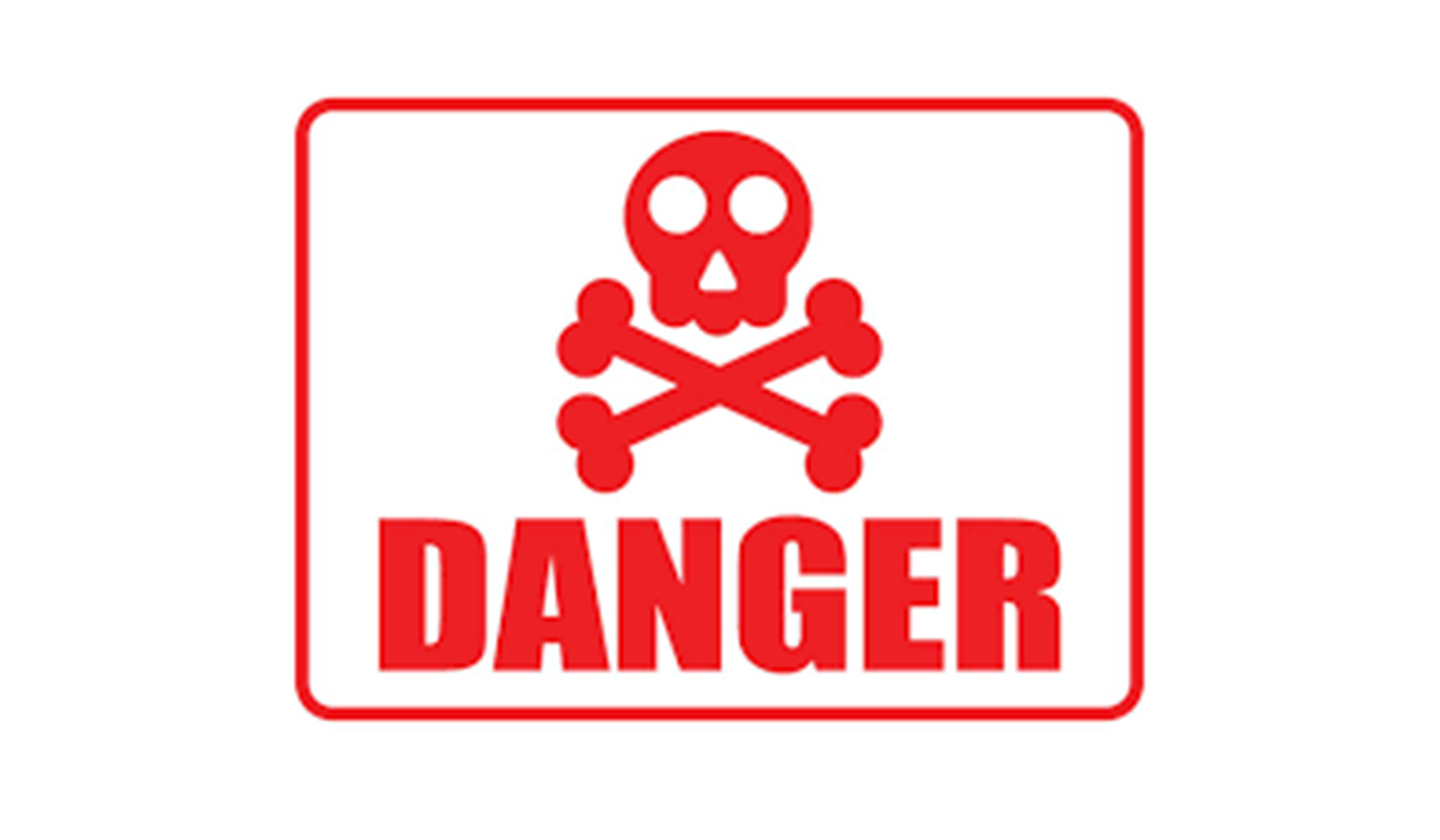Bravecto, also known as fluralaner, was released for use on dogs in the United States in spring 2014 to aid in the treatment and prevention of flea and tick infestation. Prior to release on the market, the drug had been tested on small groups of healthy dogs in a laboratory setting, along with at least one study on approximately 200 client-owned animals. During those studies, side effects included vomiting, diarrhea, bloody or mucoid stools, inappetance, itching, dry skin, and seizures. These side effects were discounted as not clinically significant or not attributed to the medication by the researchers. Since it's release, the drug has been used on thousands of dogs worldwide, with many people reporting the drug as safe and effective.
However, I am on the side of the fence that considers this drug to be dangerous, along with the other drugs in the isoxazoline class of pesticides (Nexgard, Simparica, Nexgard Spectra). These chemicals are extremely toxic to marine life, excluding their use on crops, as rainwater runoff would pollute our waterways and kill fish. It is recommended that gloves be worn when handling the product, even though they state the product is not dangerous to mammals (humans, dogs, cats). Bravecto is now available as a topical application, meaning family members will be exposed to the chemical when handling the pets.
On the latest report dated 7/03/2017 from the EMA (European Medicines Agency) there are now 3988 adverse event reports / 972 deaths associated with the use of Bravecto. This is up from January 9th when there was 3,668 reported serious adverse events including 874 deaths. So an increase of 320 reports / 98 deaths in the two month period. While the drug companies consider these reports to be clinically insignificant (statistically insignifcant?), the death of a pet is certainly "clinically and statistically significant" to the pet owner. From the FDA, for the time period 1/1/2013 – 06/17/2015, there were a total of 5,087 adverse event reports received for afoxolaner (Nexgard) for dogs, and a total of 2,467 reports received for fluralaner (Bravecto) for dogs. Since that time, thousands more reports have been received.
The FDA freely admits that only a small percentage of adverse reactions are reported for any given drug. This is particularly problematic for drugs that last long periods of time after being administered. If the pet has a reaction within the first 24 hours of administration, it is fairly easy for the pet owner and veterinarian to see a cause and effect relationship. When a drug stays in the body for 90 days or more, side effects may occur days to weeks after administration, making it more difficult to show a cause and effect relationship.
For anyone who has given one of these flea and tick preventatives to their pets that suspects a reaction or illness associated with the drug, please contact the FDA or governing body in your country, and report the side effects. Until all suspected adverse events are reported, it is impossible to get a clear picture of the effects these chemicals have on our pets.
It is very important that every adverse side effect be reported - even if it occurs once. You don't need proof of cause to report - only a suspicion that Bravecto or one of these chemicals caused the side effect. Take notes on any discussions you had including the names of the individuals you spoke with. This needs to be done if your dog is currently experiencing symptoms or had them in the past.
In every country, there are two steps.
First step, you should call the manufacturer. In some countries, there is an option to email, but calling is preferred. You should insist on getting a case number.
Second step, you should file a report with the government agency responsible for oversight in your country. In some countries, the manufacturer may be difficult to contact, so this may be the only step you complete.
For those wanting natural alternatives for flea and tick prevention, check out my blog here and products here, here, and here.

